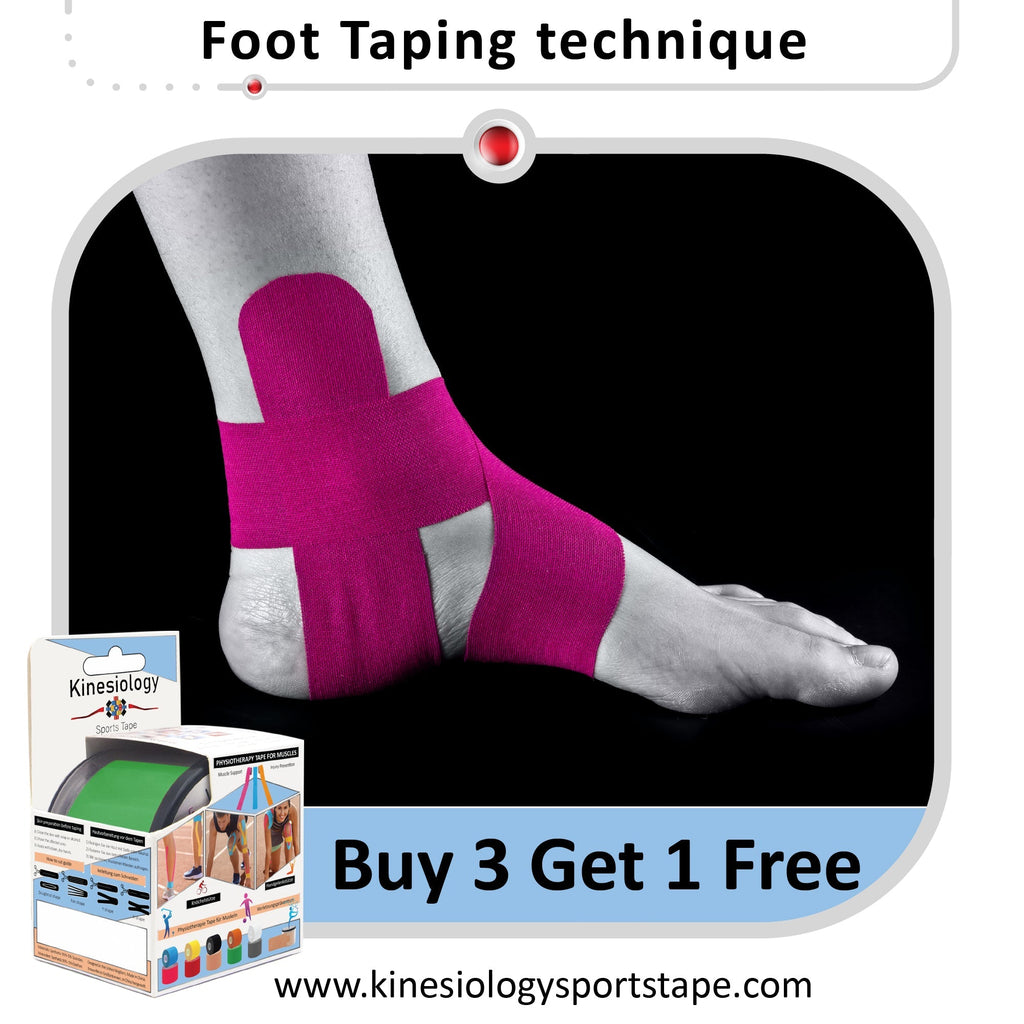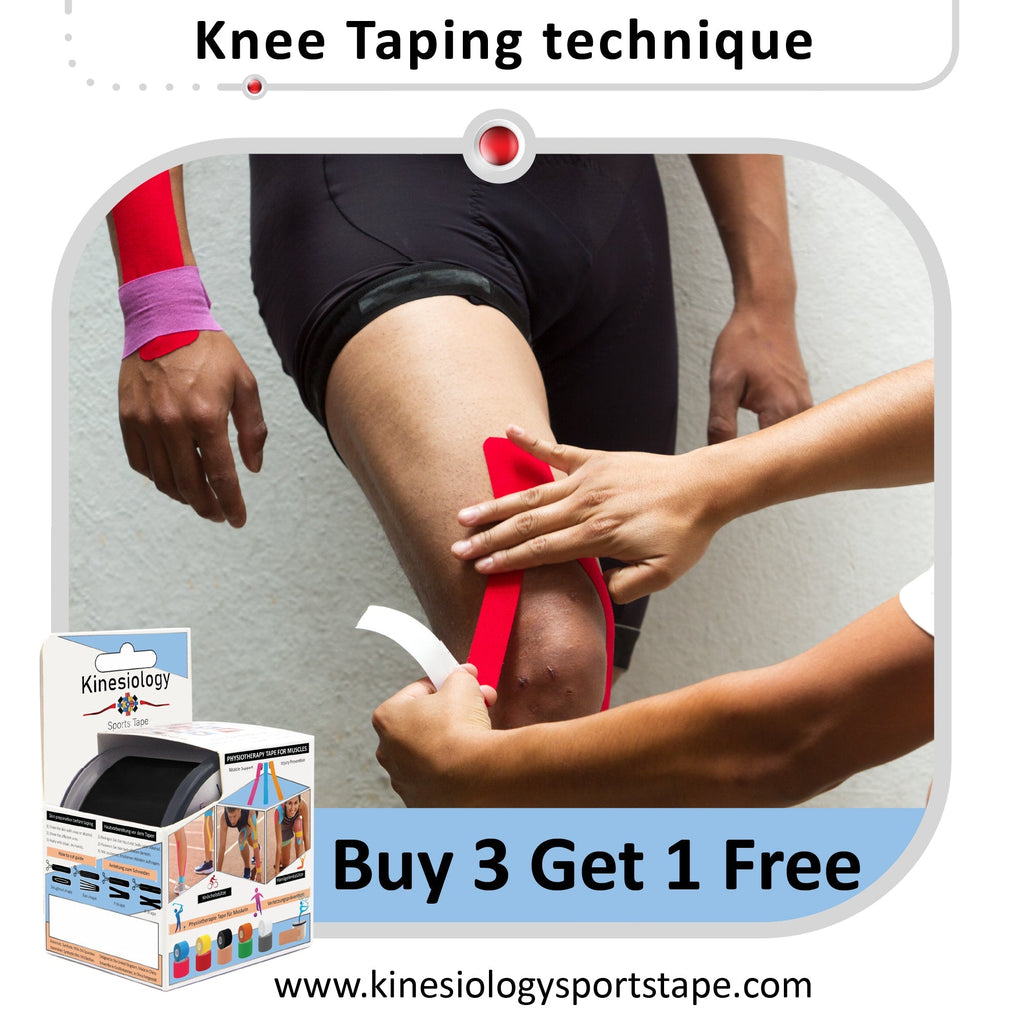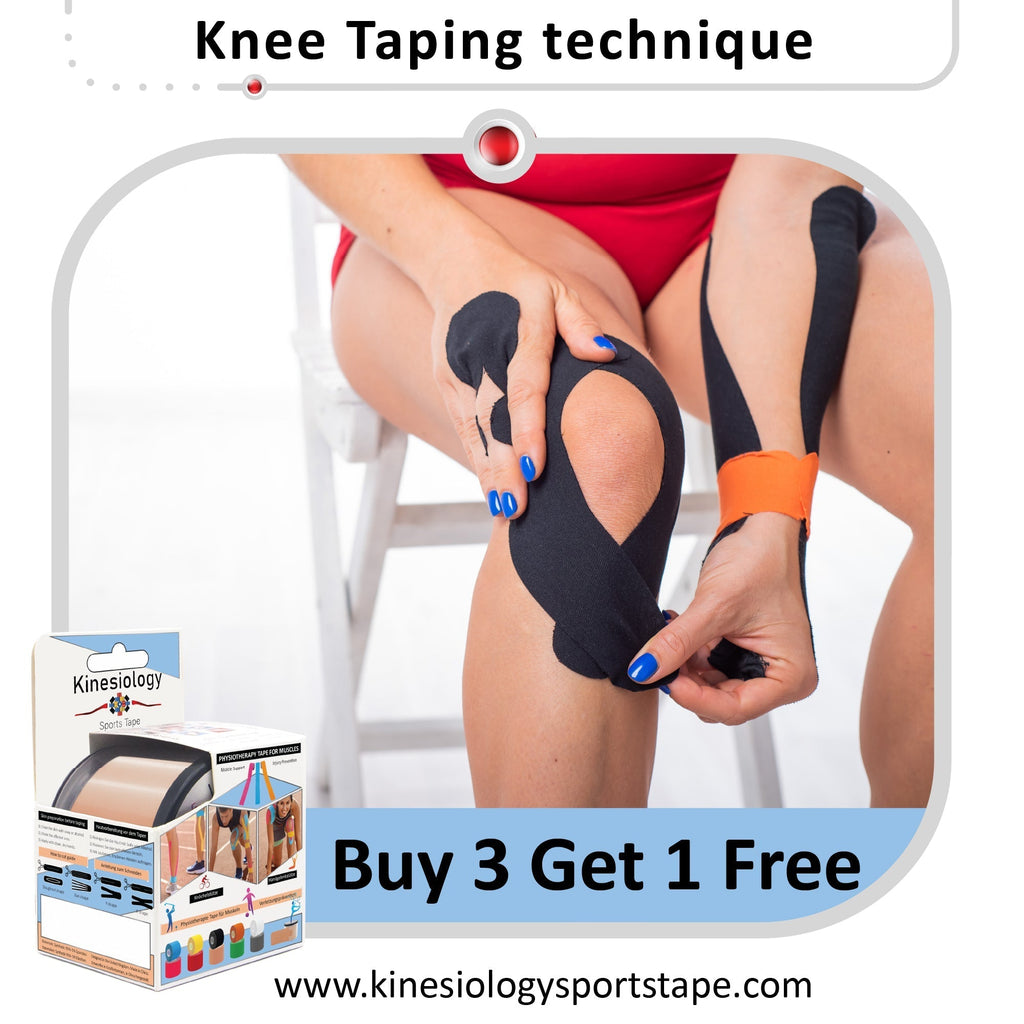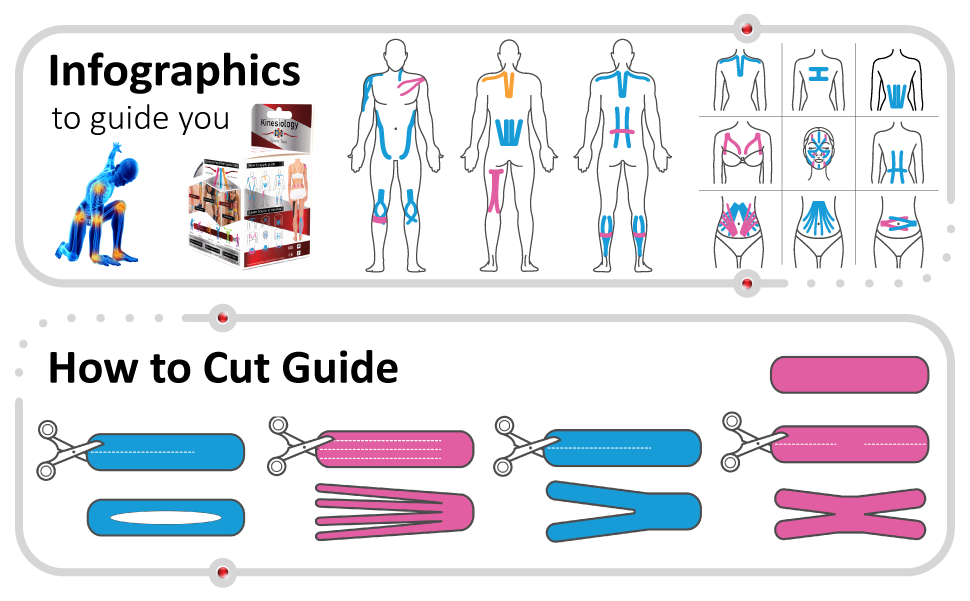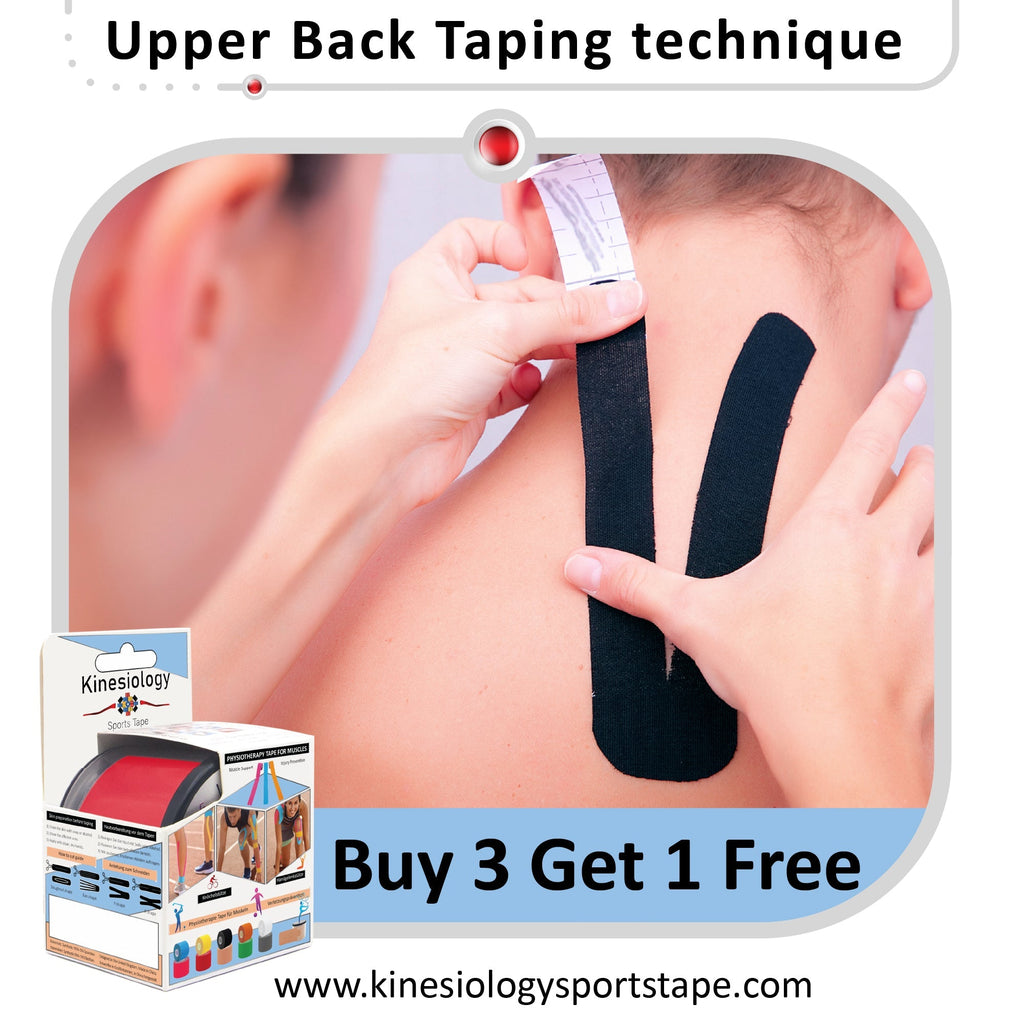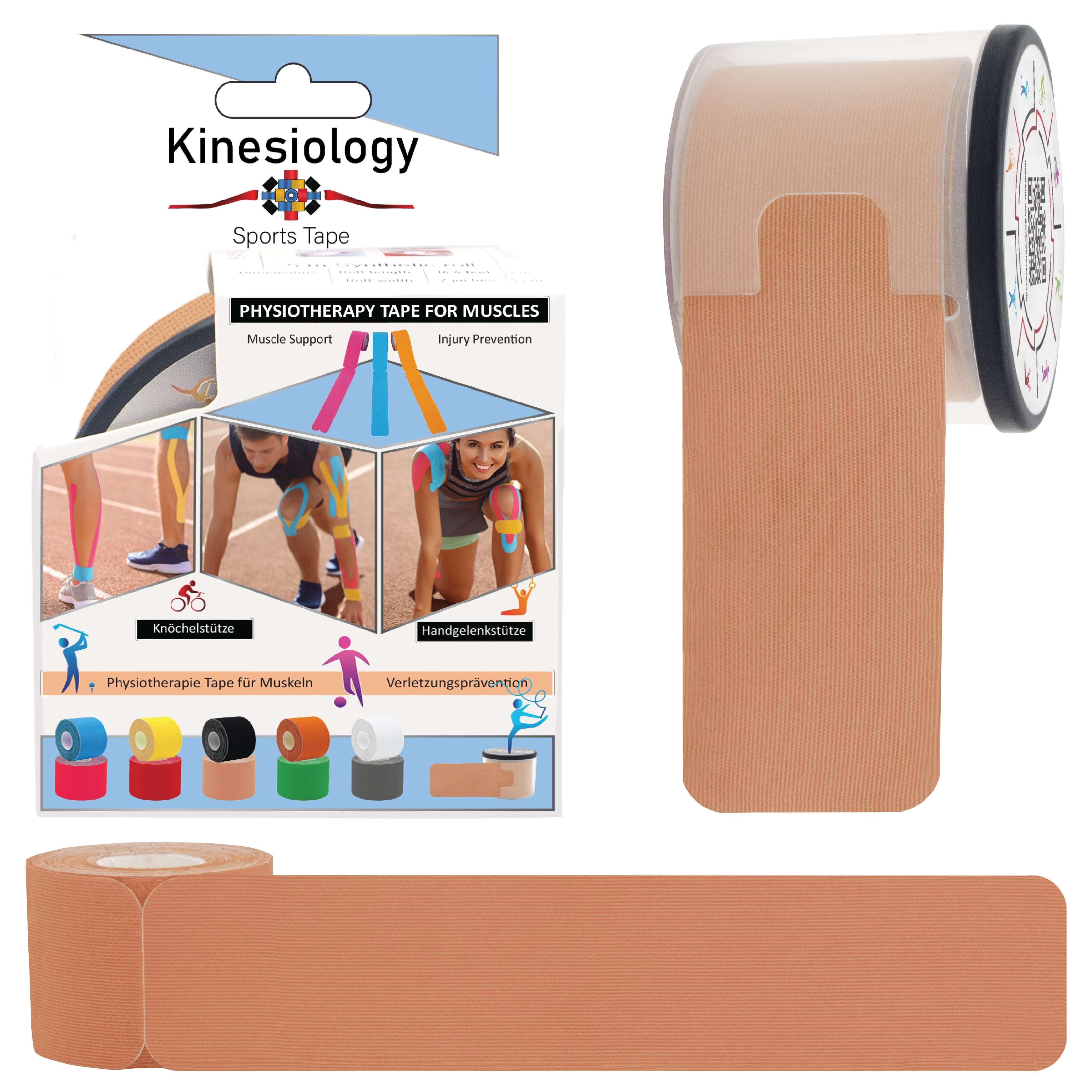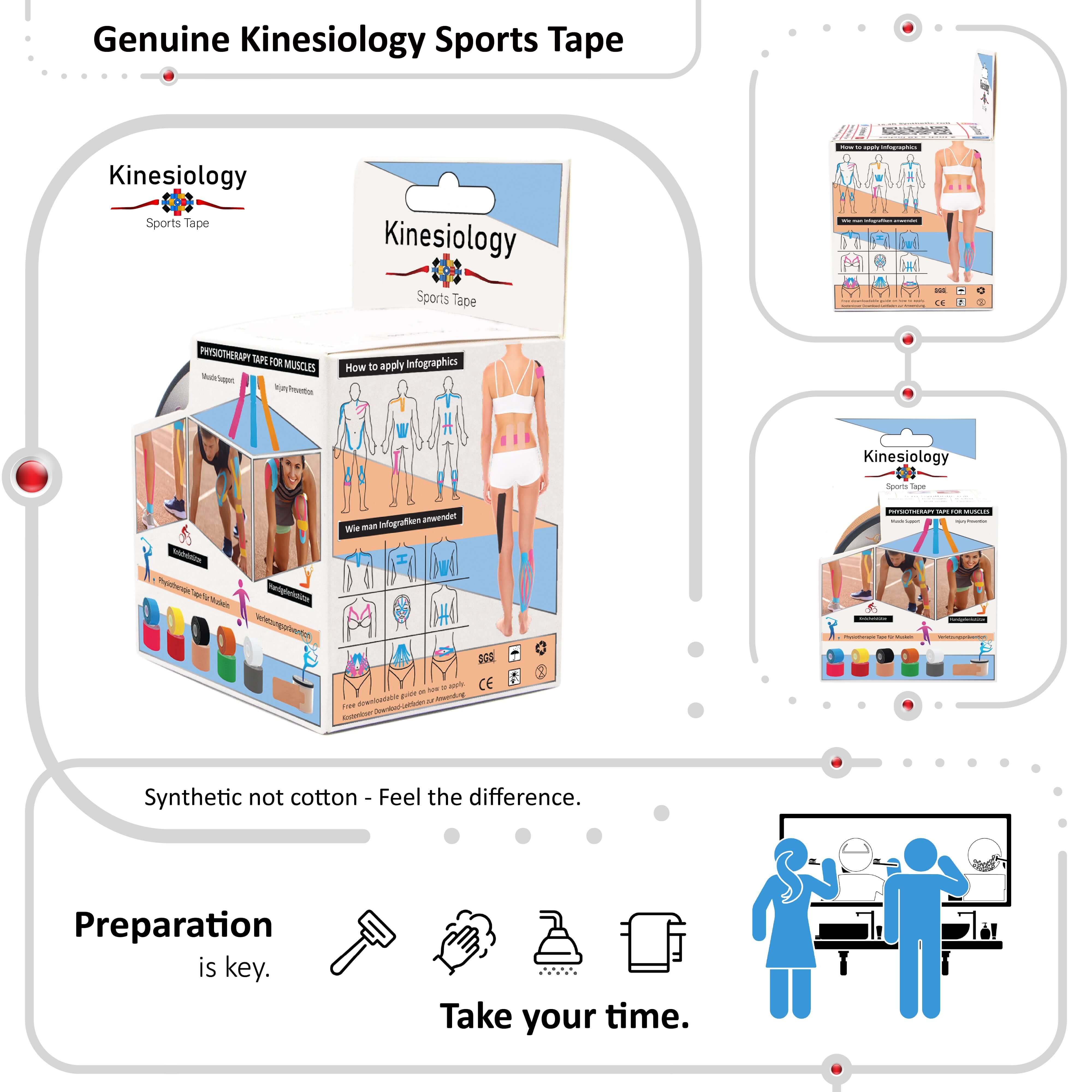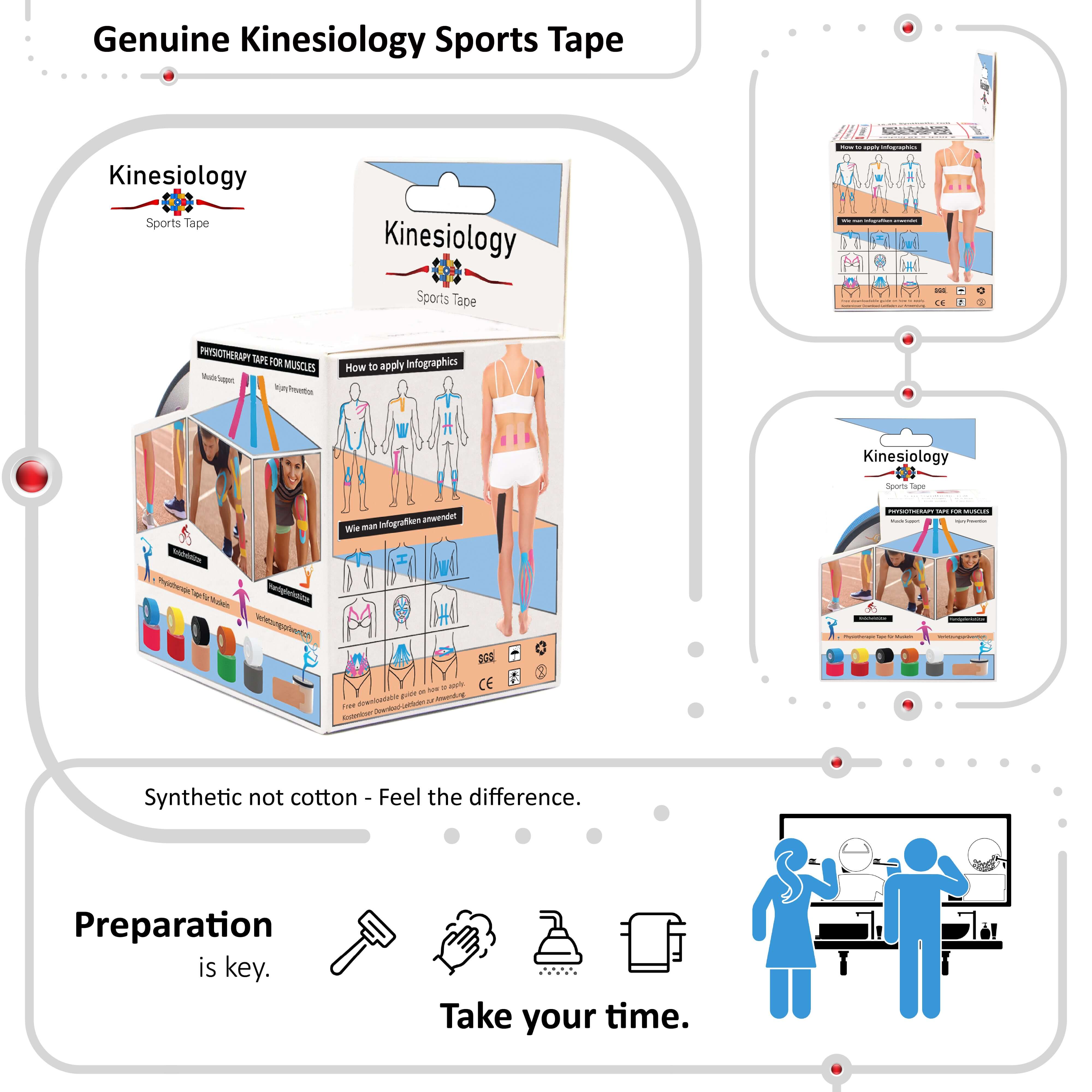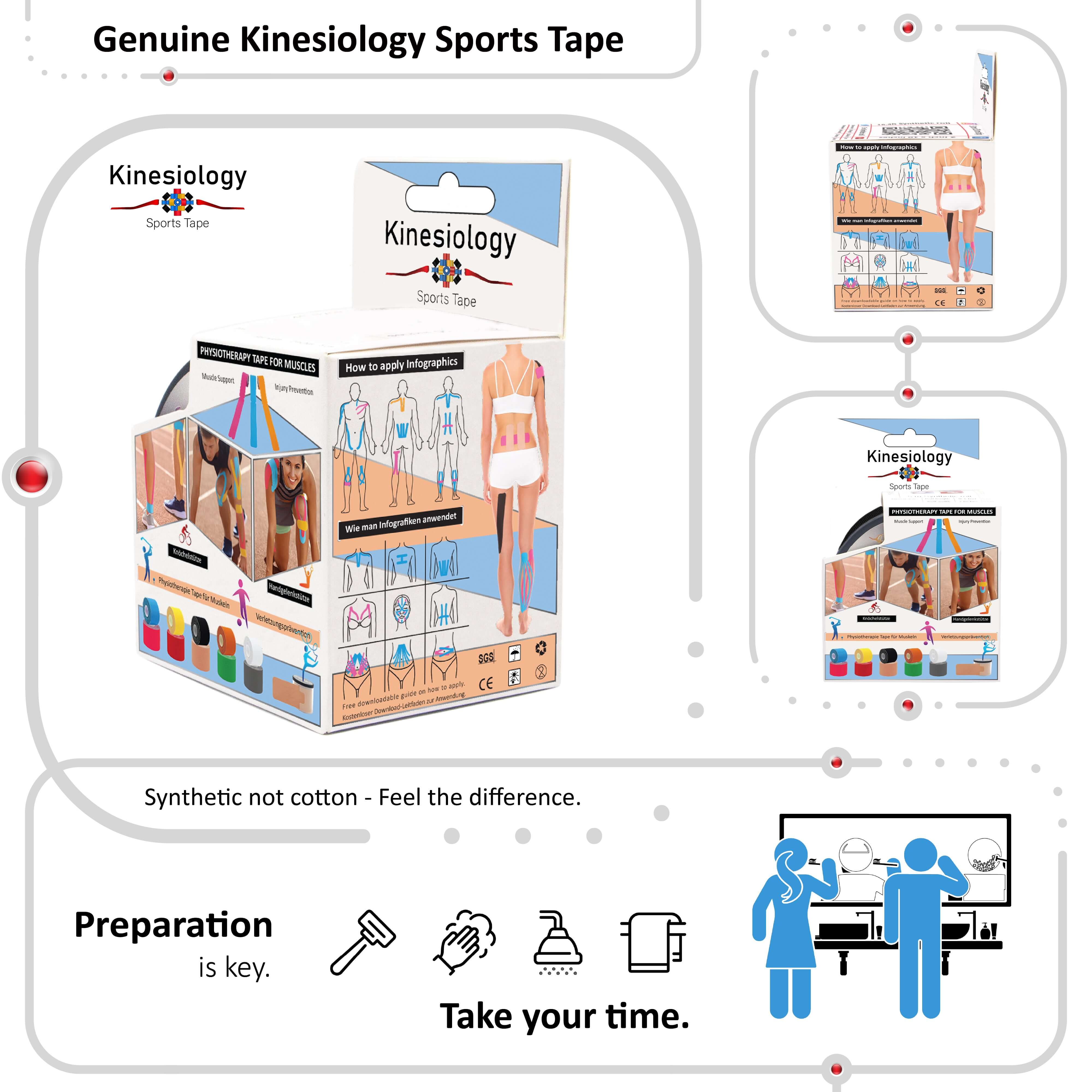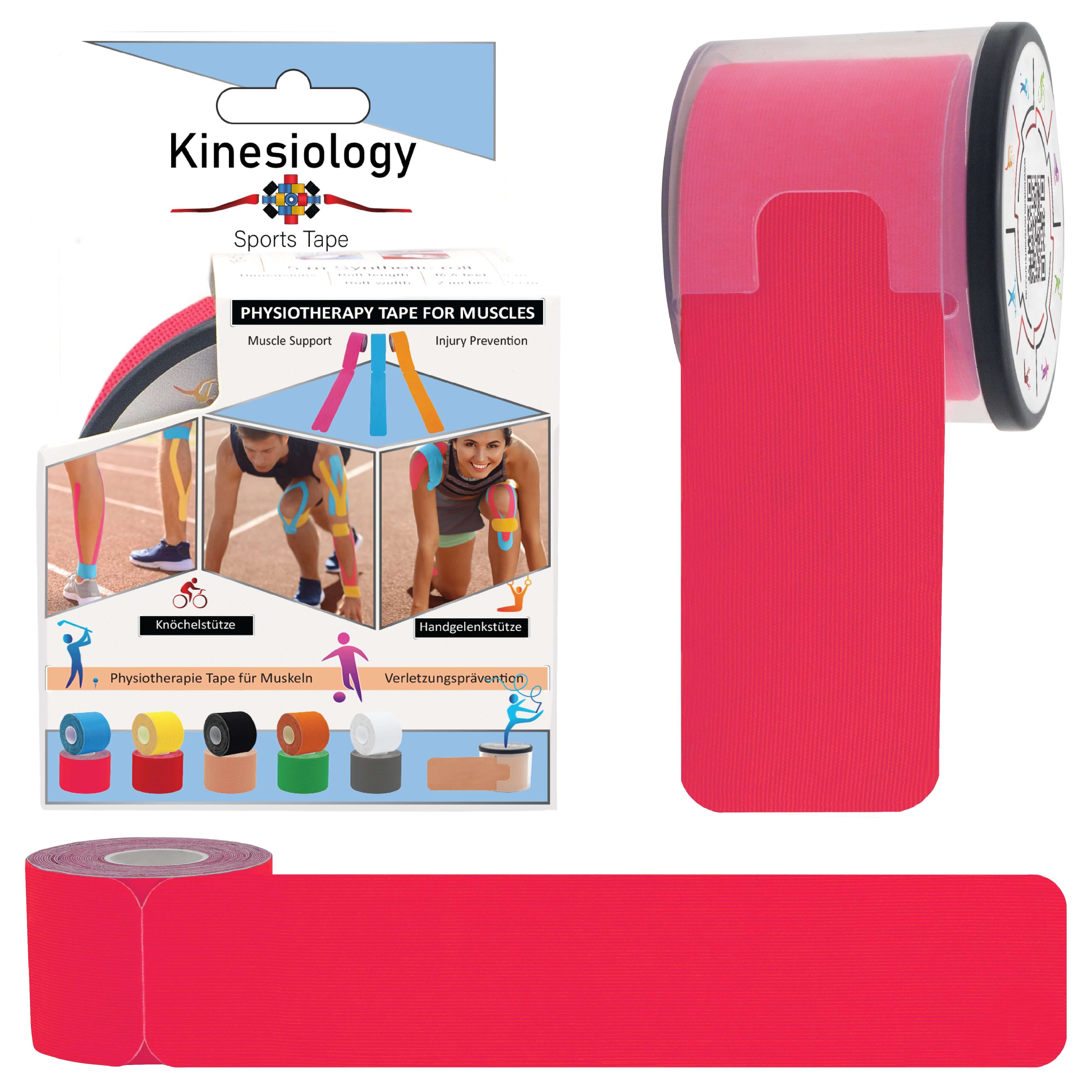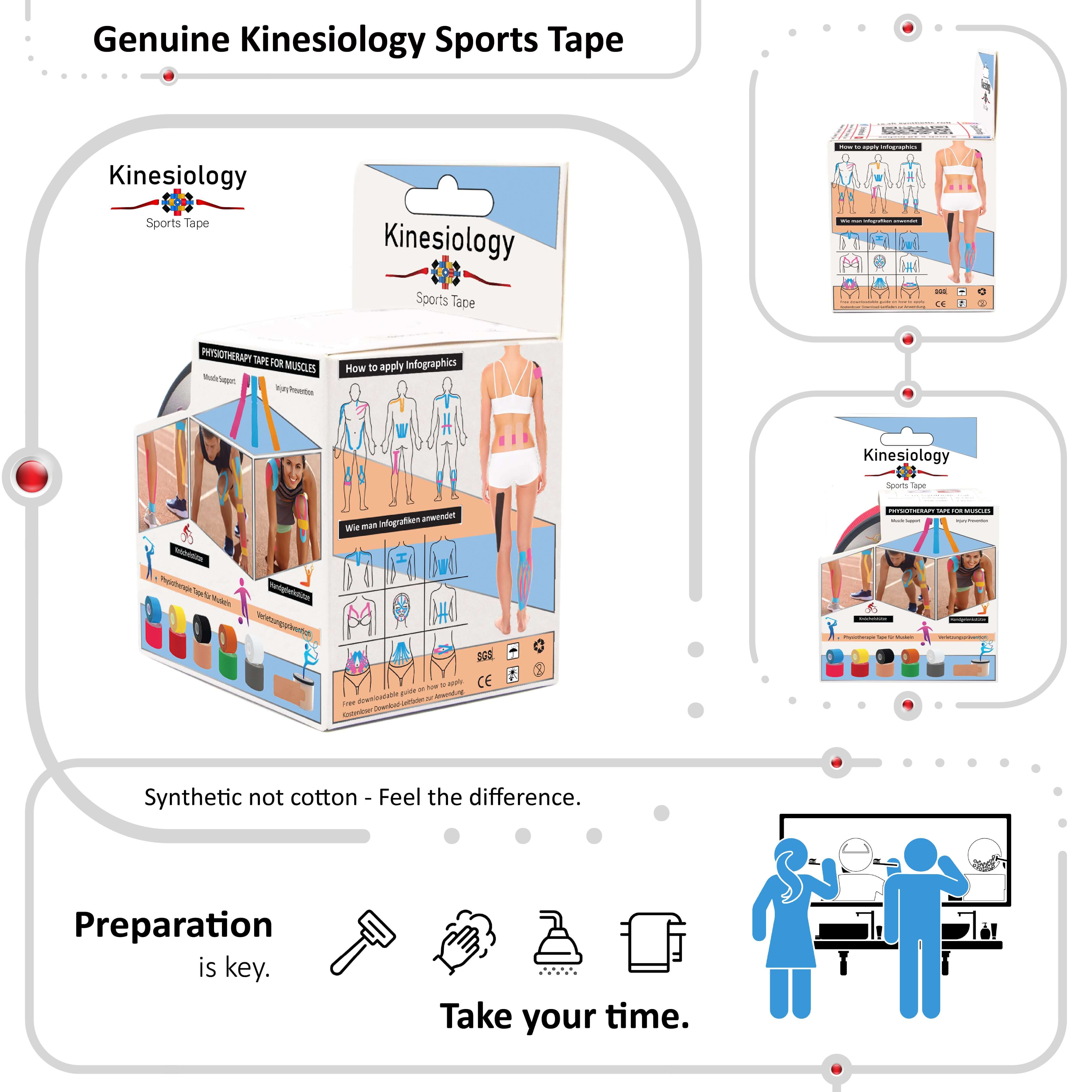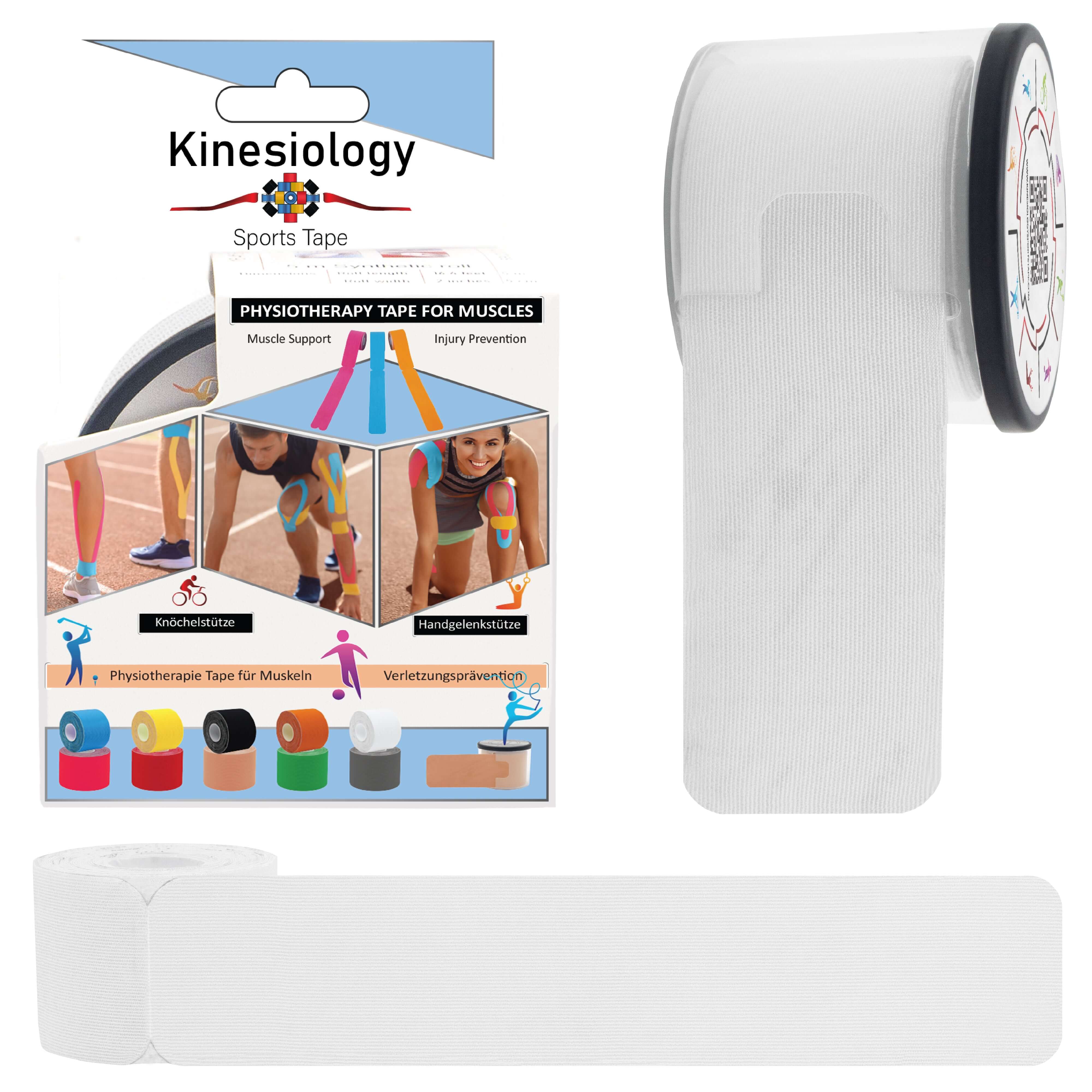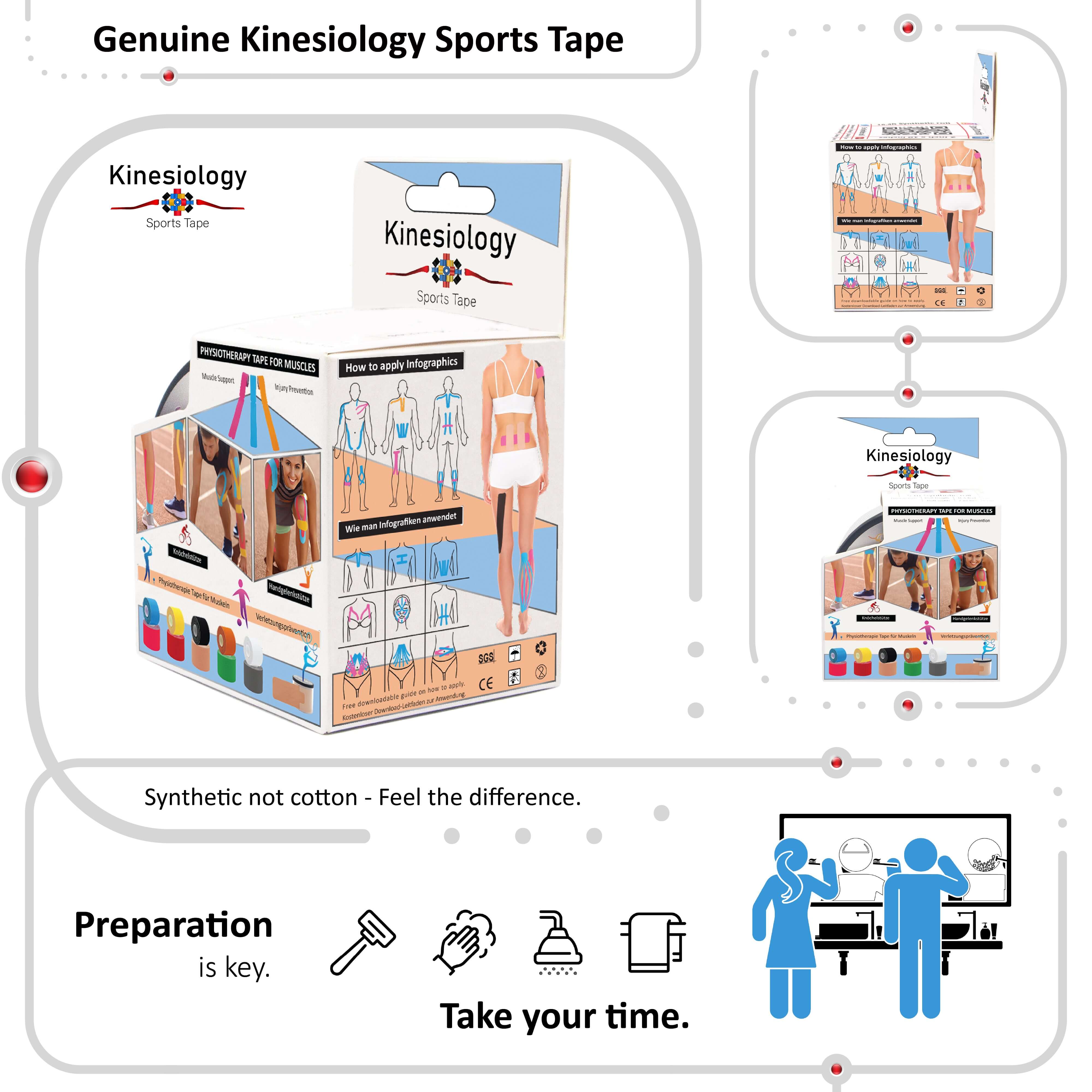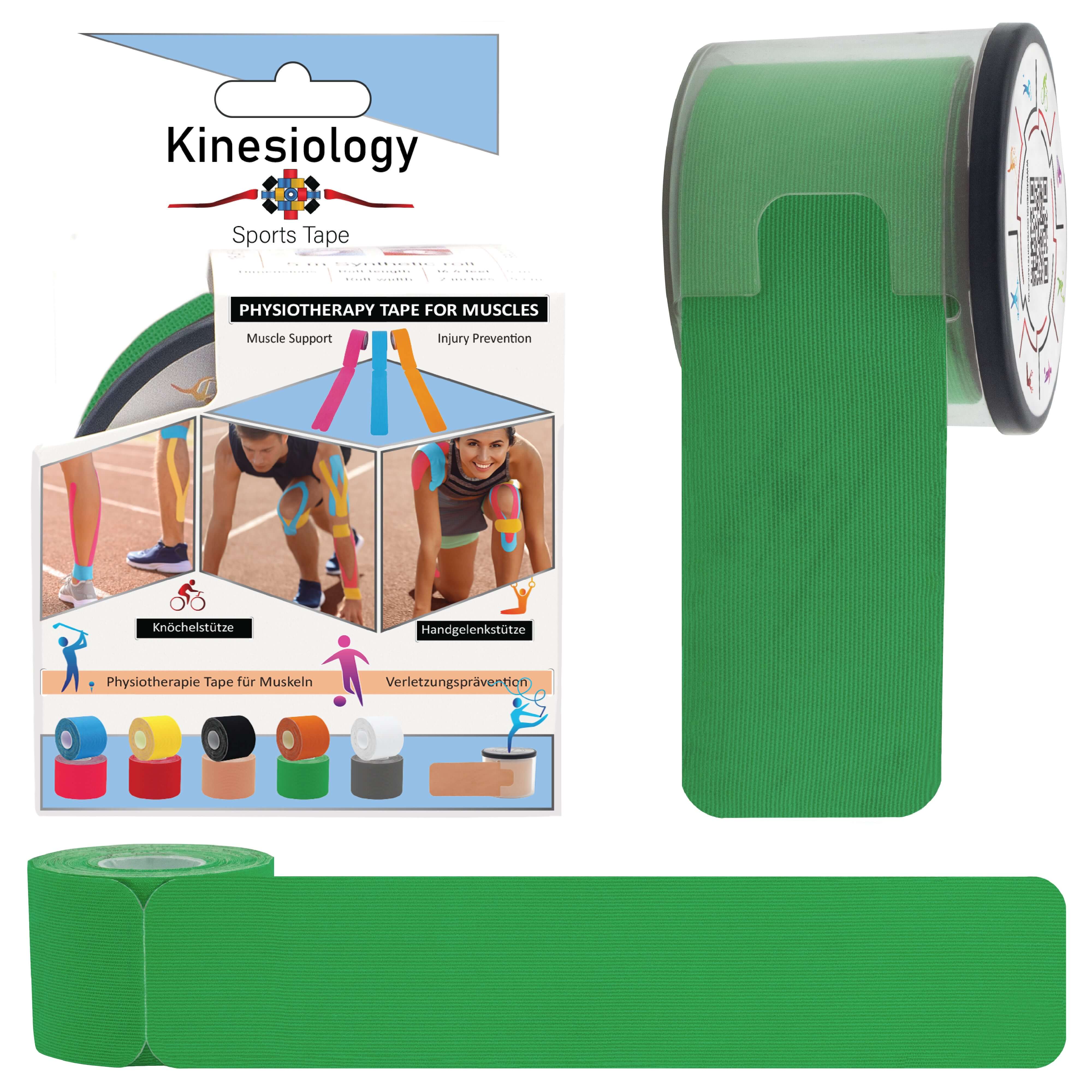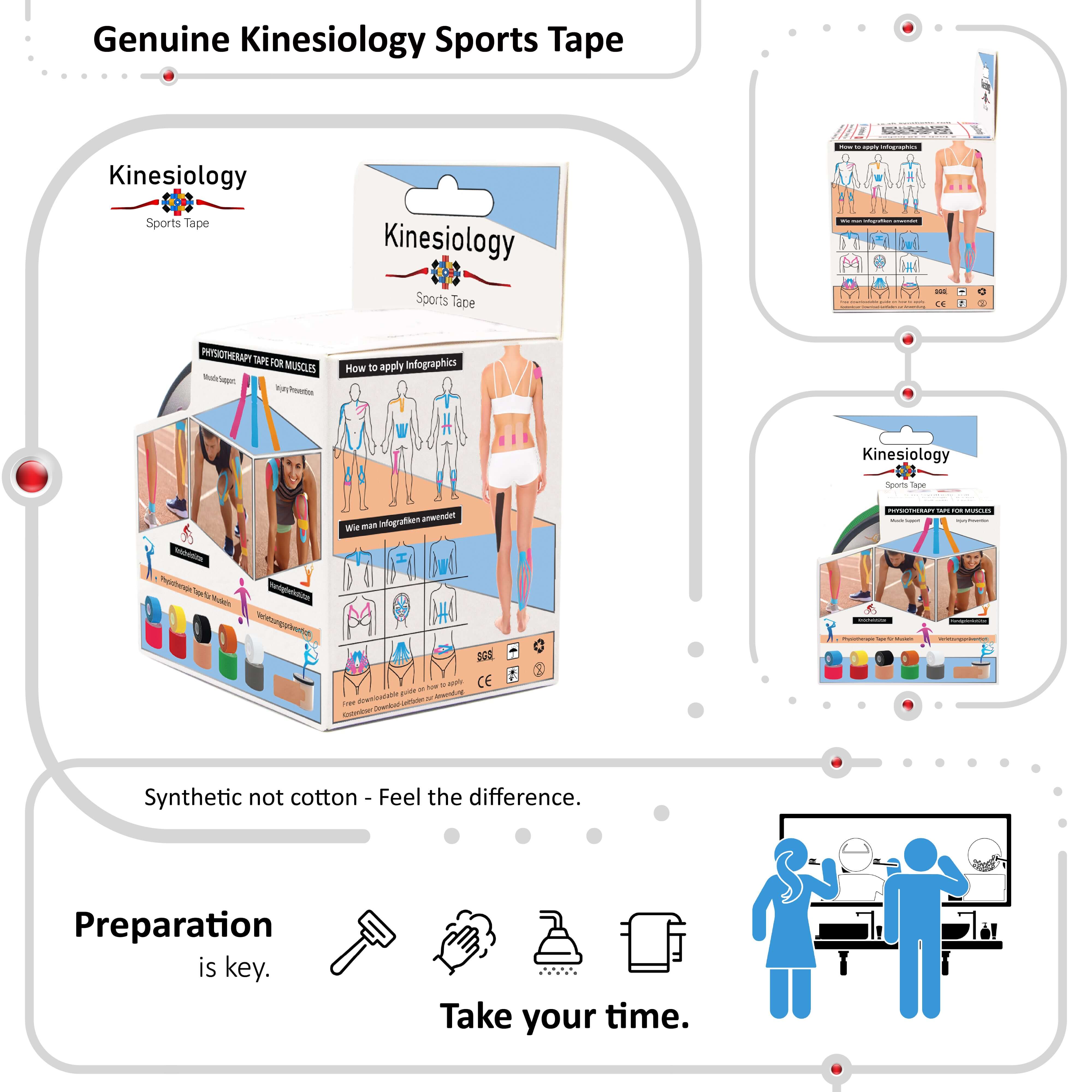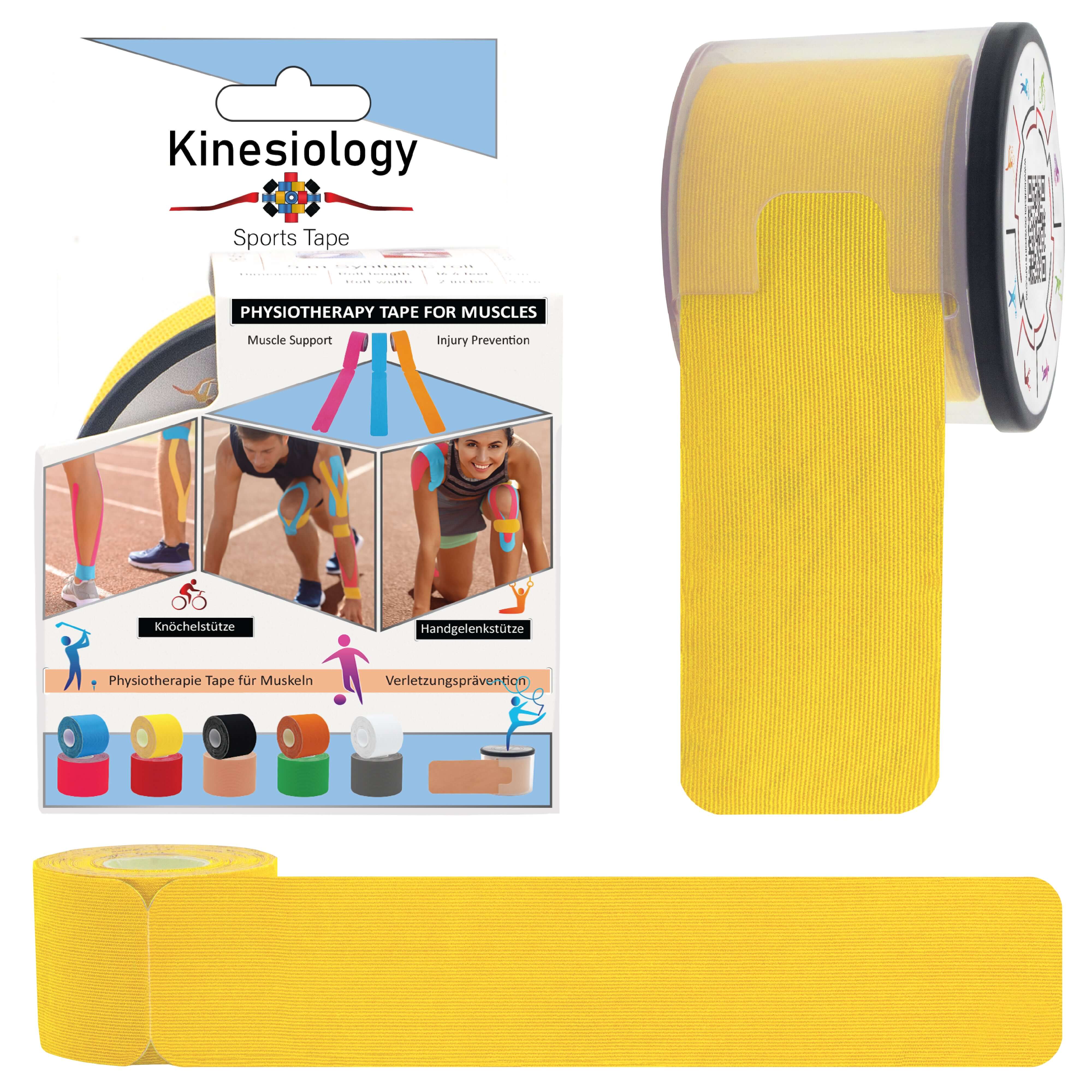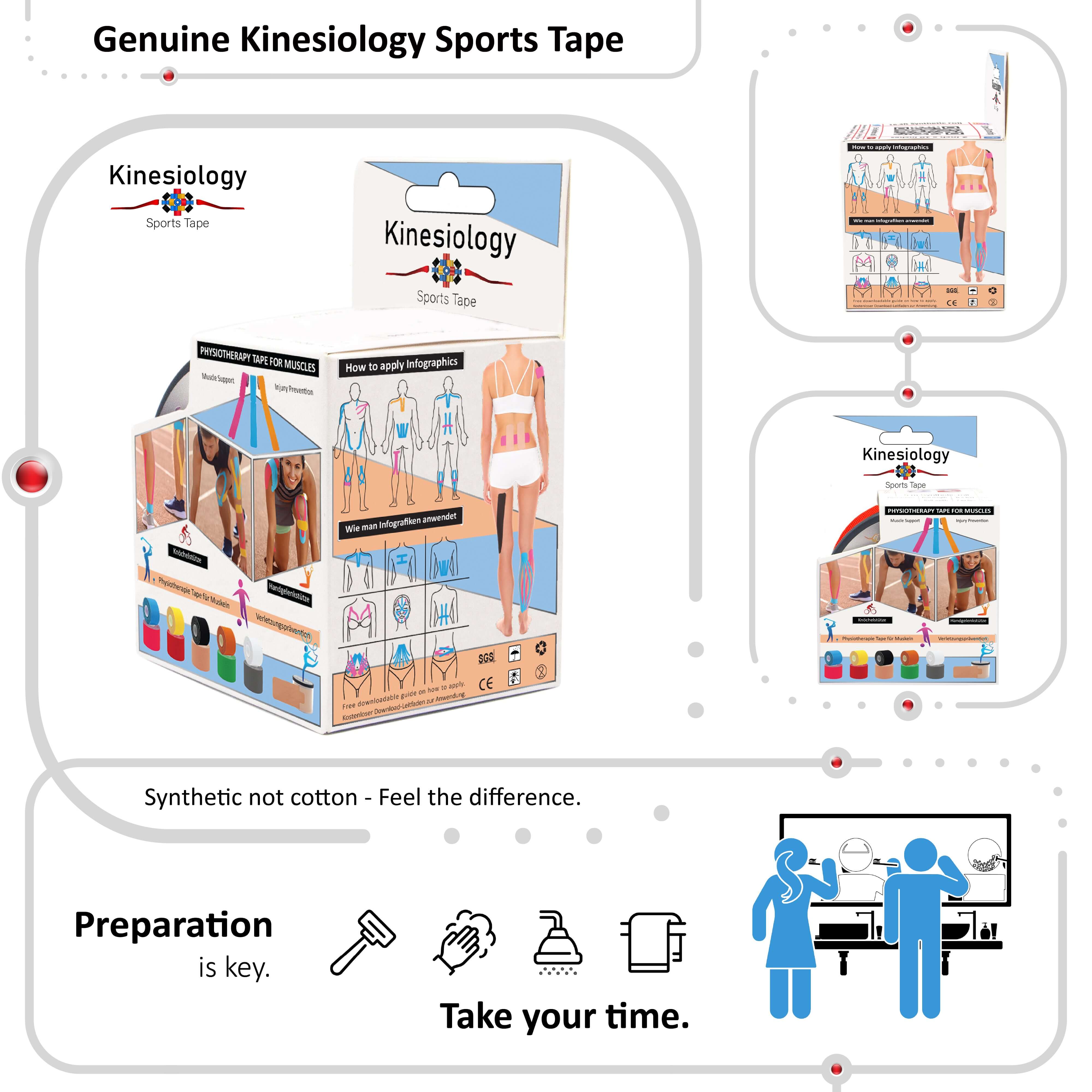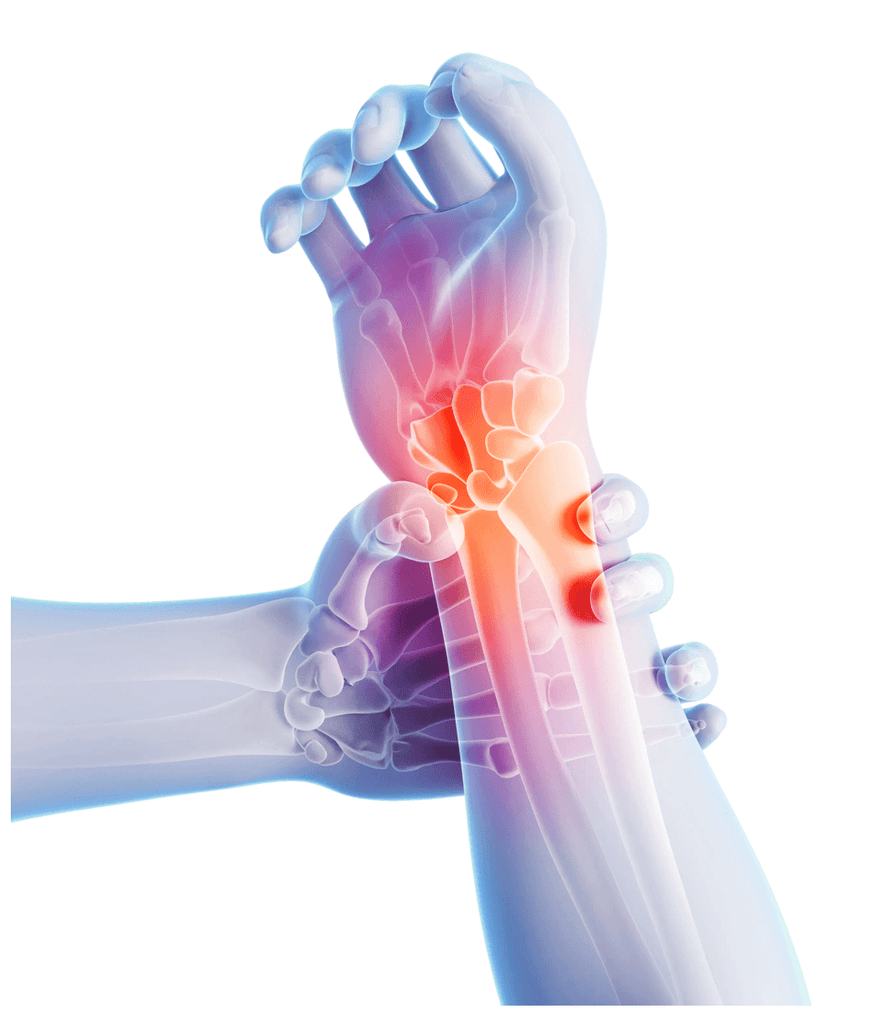
The Kinesiology Tape Glove

One of the reasons why we love kinesiology tape so much is because the applications are vast. There doesn’t really seem to be any limit to what this fantastic tape can do. If you are into CrossFit, weightlifting, and other disciplines where you use your hands a lot, you will know that they can get prone to calluses and other sores.
The CrossFit Injury
One of the most commonly experienced injuries to cross-fitters is the torn callus. Of course, once the skin is open, your hand is prone to infection, and trying to continue to train while it is healing becomes painful, and recovery is slow because you injure it every time. The logical solution is to ensure that this doesn’t happen by correctly preparing your hands in advance. The kinesiology tape glove is the perfect taping to ensure that your hands are well-protected.
Incorrect Application
Many people think that they can just wrap the tape around the palm of the hand, but this is not correct, and you will actually be wasting your valuable kinesiology tape. If you have experienced a tear in the palm of your hand from something like CrossFit or weightlifting, you will know that it’s actually the middle finger or the ring finger that tends to be affected. This is why taping the palm of your hand is not the way to go. Also, you will find that if you take the palm of your hand and get on with your workout, the tape will punch up and become useless within a few moments. The best thing you can do is look after the area that gets most commonly injured. So if you’re not a fan of wearing gloves when using this kinesiology taping method could be perfect for preventing other sores and calluses on your hand.
Kinesiology tape application for hand
So what you’re going to do is cut a very short length, about 15 cm, and fold it in half longways, so it’s sticking to itself. This is going to act as protection, and if you already have broken skin from a previous injury, the type is not in any danger of sticking to your hand or the scab. The last thing you want to do is make it worse by ripping the scab off when you take the tape off.
Use this first piece of tape and wrap it around the base of the finger that has the callus. Next, you’re going to want a more extended amount of tape around about 25 cm or from the bottom of your fingers across your palm and slightly up your wrist. Secure this piece of tape on the base of the piece wrapped around your finger, and then with minimal stretch across your palm, stick it to your wrist.
Finally, your third piece of tape needs to be long enough to wrap around your wrist and stick to itself, trapping the last piece that is already attached. You now have strong protection that doesn’t impede movement and is tough enough to do the job.

